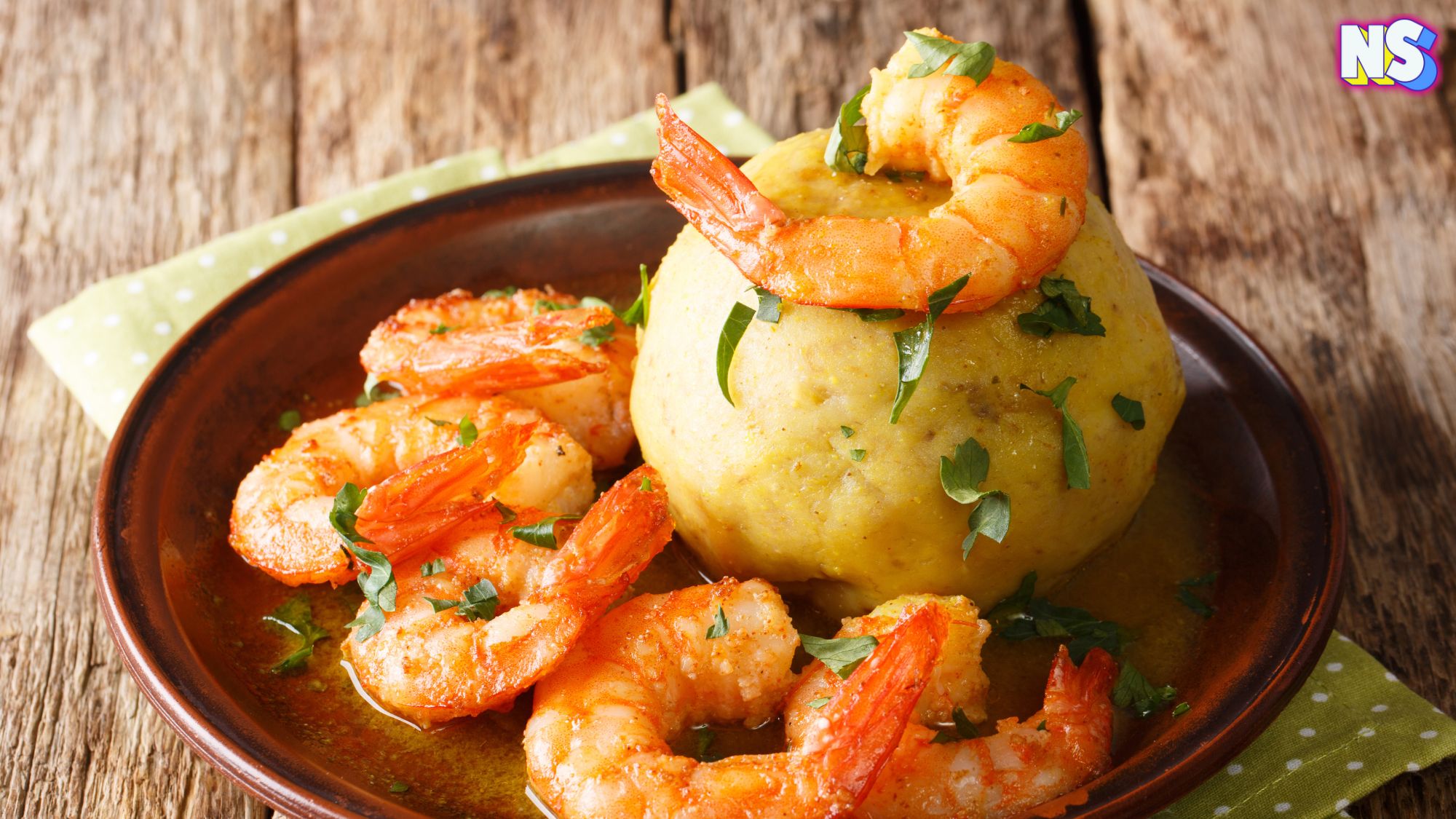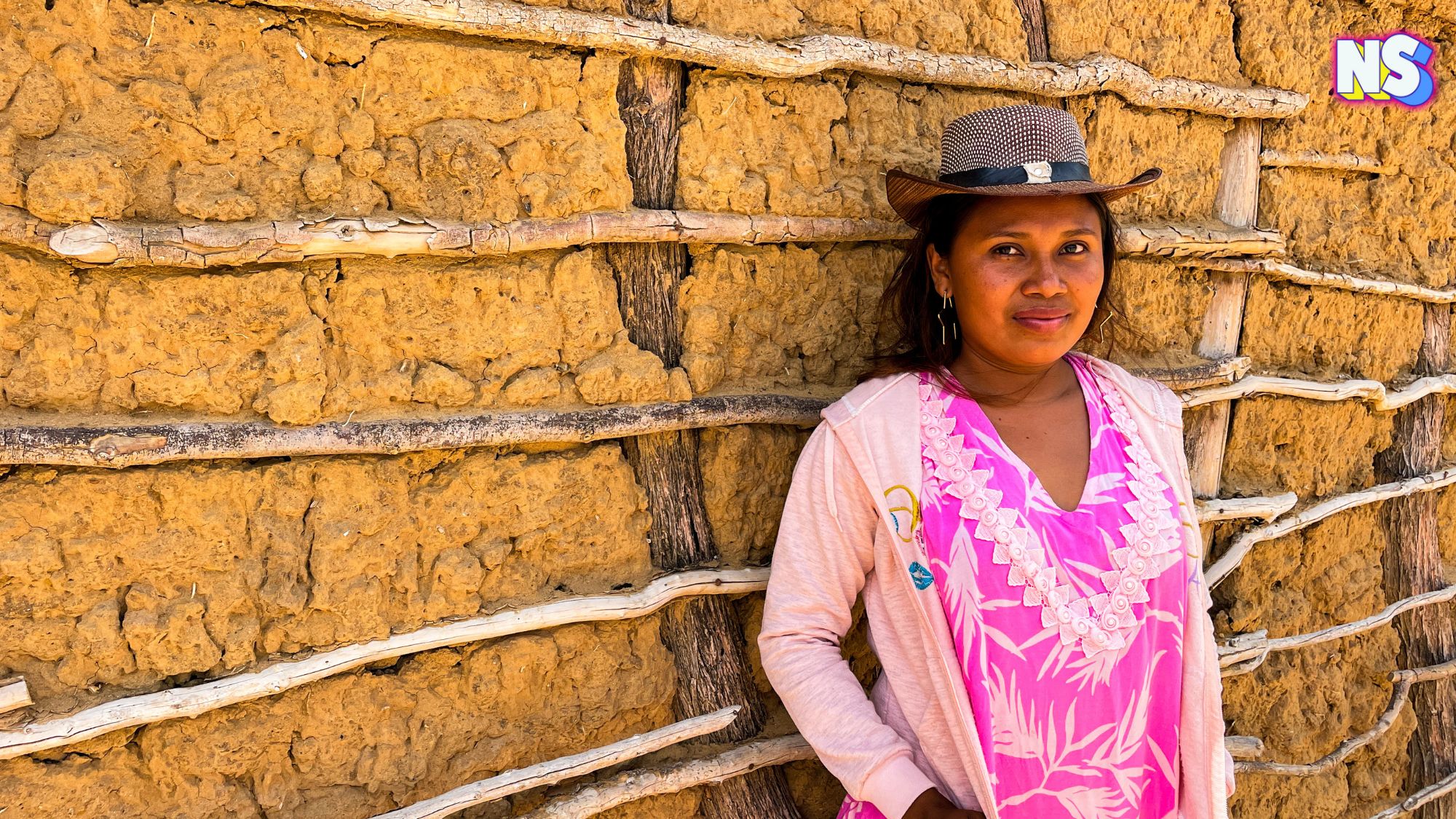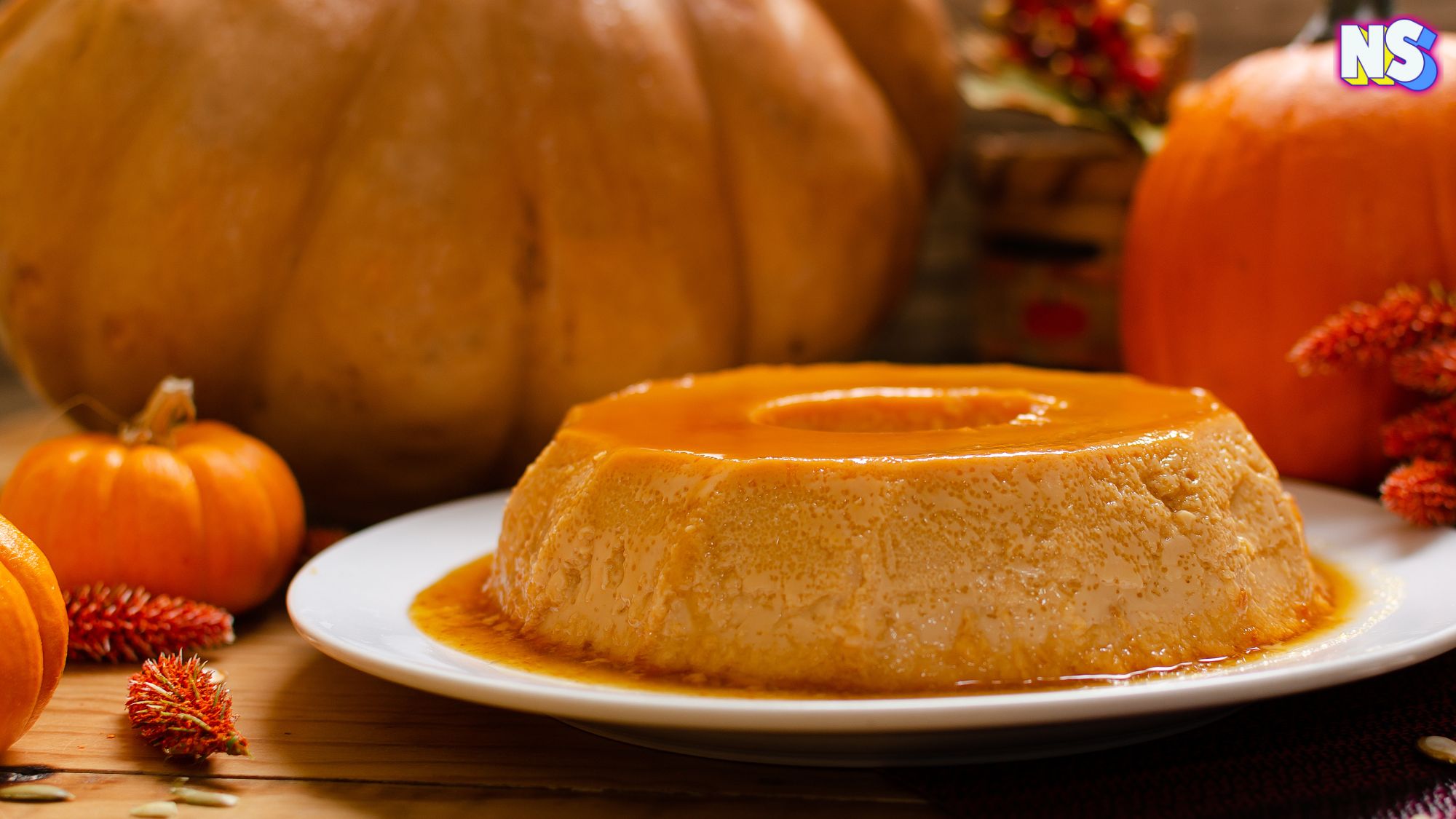My friend Rachel is no stranger to mofongo. As a Ecuadorian/Puerto Rican from New York, she says she grew up eating this Caribbean treat. She loves mofongo so much, that, when she visited me in Miami, she insisted on going to Monfongo restaurant in Little Havana. Yes, she opted for a mofongo dish instead of eating local Cuban food just down the street. She said the mofongo was really good, however, the fondest memory she has of the smashed plantain dish is the one her mom used to make. Understanding her obsession, and the yumminess of mofongo, I thought I’d look up its origins and find out how it became Puerto Rico’s unofficial dish.
What Is Mofongo?
Mofongo typically consists of fried green plantains mashed with garlic, chicharrón (deep-fried pork skin), and cilantro. While not overly fancy, it can be served as a main course, creatively presented with various ingredients like meat or seafood.
“Mofongo’s three main ingredients (plantains, pork cracklings, and garlic) seem straightforward on their own, yet when fried and mashed together, they come together to deliver a completely unexpected flavor,” Delish writes.
It’s so hearty that it's not eaten as often as beans and rice. But it has definitely become Puerto Rico’s unofficial dish over the years.
Mofongo: Puerto Rico’s Unofficial Dish
The origins of mofongo goes back to Taíno, African, Spanish, and North American traditions.
“In the early 1500s, Spanish conquistadors arrived in Puerto Rico and subjugated the Taíno, Puerto Rico’s Indigenous people, forcing many to work on their plantations and in gold mines,” the Smithsonian magazine writes. “As the Taíno population suffered from starvation, European diseases and other ill effects of colonization, the Spanish turned to enslaved laborers from West Africa. … when West Africans came to the island, they brought with them fufu, a doughy food made from plantains, cassava or yams that are boiled and then pounded with a mortar and pestle.”
The Spanish flavors from the sofrito, a combination of cooked onions, peppers, and herbs, were added to the fufu. All of these flavors and influences came together to make it the mofongo we know today.
Where to Find Mofongo Today
My friend Rachel, who lives in Los Angeles, says local LA restaurants like Mofongos serve up a great mofongo. What makes a mofongo great? I asked her. “It's comfort food” she told me.
When I visited Puerto Rico years ago, I found great mofongos in local restaurants around Old San Juan. The BBC went further than I did, and set out to find the best mofongo on the island, and claims to have found it. According to the British outlet, “A unanimous favourite is Platos, a charmless, contemporary restaurant with a mofongo that garners rave reviews and loyalists. Their skirt steak mofongo with Creole sauce offers a nicely balanced flavour that carries depth and richness.”
Thanks to its growing popularity, the dish can be found throughout the Caribbean and around the world. For daring at home cooks, Puerto Rican chef Raúl Correa shares his process.
Making Mofongo: A Labor of Love
Chef Raúl Correa, co-owner of BACOA Finca + Fogón in Juncos, Puerto Rico, shares his process with the Smithsonian magazine. Rachel helped me sum it up here:
- Peel green plantains and soak them to preserve their color.
- Deep fry the plantains until they’re crunchy on the outside.
- Smash the hot plantains in a pilón (mortar and pestle).
- Add garlic, chicharrón, and other seasonings to taste.
- The key? Don’t mash it completely—retain flavor and crispy texture.
- ¡Buen provecho!
.





